AO Edited
Wharram Percy
A deserted medieval village where bodies were once mutilated to prevent them rising from the dead.
Wharram Percy was a medieval village whose deserted remains can be found near Malton. Because of its state of preservation, historians have been able to gather important information from the site. It was an ancient settlement, which reached its peak between the 10th and 12th centuries when it had two manor houses, both of which were owned by the wealthy Percy family from which the village took its name.
Contrary to some beliefs, it was not the Black Death that led to the desertion of the village (although the plague did reduce the population somewhat). Rather, the village was abandoned in the early 16th century when the new owners, the Hylton family from Sunderland, evicted the villagers to have more land for sheep farming.
The church is the most prominent ruin, but more of the village remains can be found in the surrounding fields. Excavation of the churchyard provided details about disease, diet, and death in a rural medieval village. They also revealed something of a surprise!
An excavation at Wharram Percy discovered knife marks on 137 bones that dated from the 11th through 14th centuries. Research has found that at least 10 bodies excavated had been decapitated and dismembered. There was also evidence of bones being burned and broken after death.
While some argue that people could be treated in an “usual” manner after death if they were viewed as outsiders, testing on the teeth of these individuals ruled this out. Cannibalism due to famine was also ruled out due to the pattern of the knife marks on the bones found.
Instead, experts have suggested that this is evidence of a practice believed to prevent corpses rising from their graves to attack the living. In medieval times, there was a belief that the dead could rise, and would spread disease to any living villagers unlucky enough to encounter them.
Know Before You Go
Cows may be living in the field with the earthworks in, be prepared for muddy (or worse) ground!
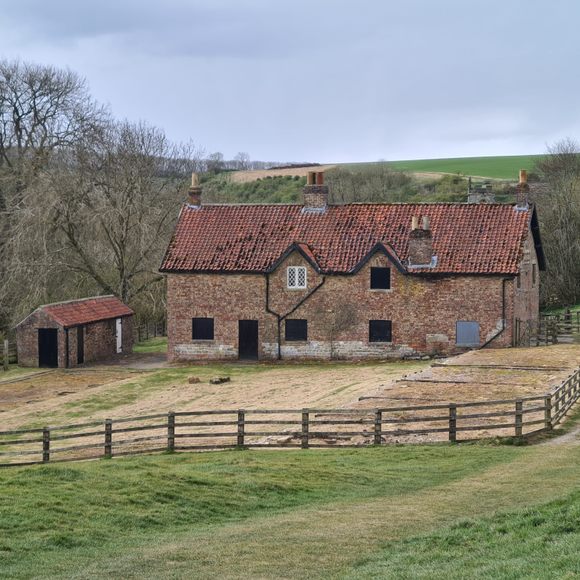


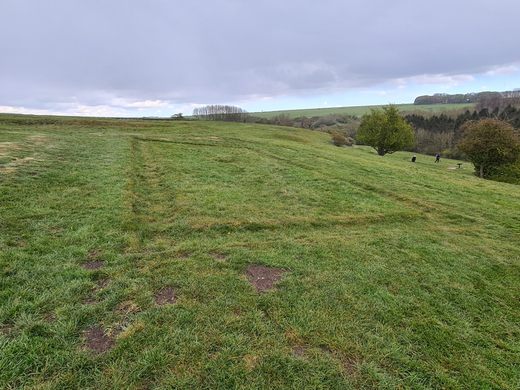
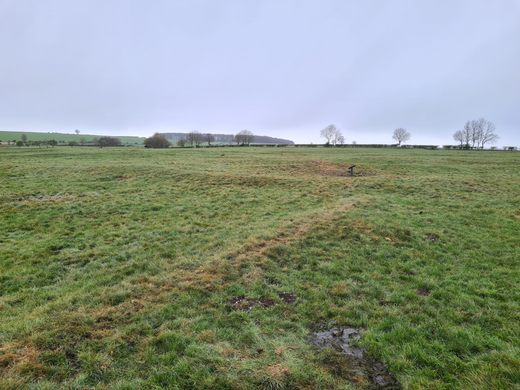
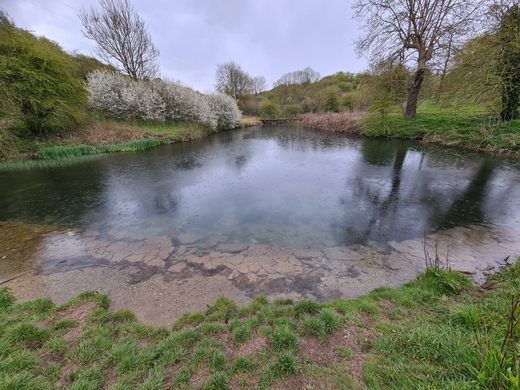


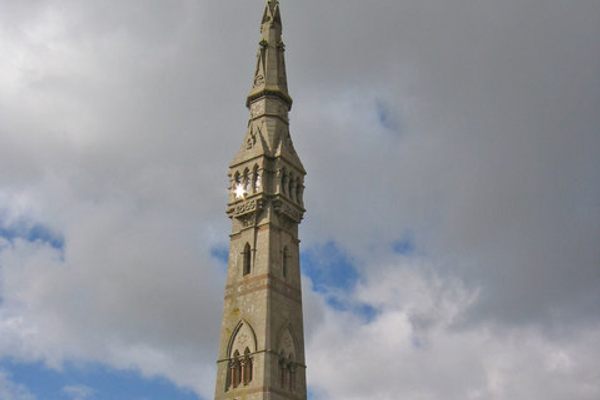








Follow us on Twitter to get the latest on the world's hidden wonders.
Like us on Facebook to get the latest on the world's hidden wonders.
Follow us on Twitter Like us on Facebook